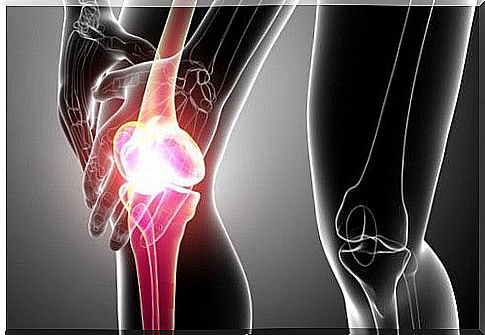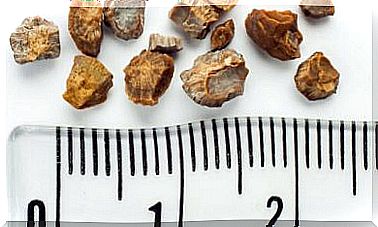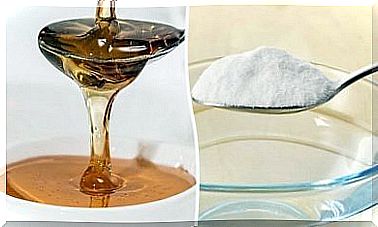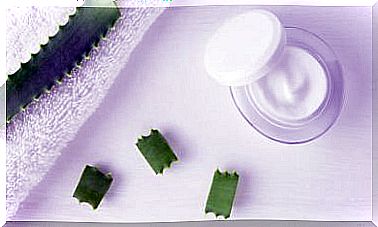Tendonitis – Natural Treatment
If there is an allergy to acetylsalicylic acid, you can use any remedy except willow bark, because this is where the aspirin comes from.

Usually this is about inflammation or swelling of a tendon, which is the fiber structure that connects muscles and bones. A tendonitis is very painful and affect your daily activities strong.
Usually a created tendonitis by an injury or overload, but it can also occur with age. The tendons lose their elasticity and there are signs of wear and tear.
Where does tendinitis occur?
Since these are the basic structures of our body that connect the muscle to the bone, tendinitis can occur in a wide variety of areas, but most often it occurs in the following places:
- Elbow
- Heel (Achilles tendon heel)
- wrist
- shoulder
What are the reasons?
- Bumps or injuries that directly affect the tendon.
- Minor bumps or injuries which, if repeated, lead to a deeper injury.
- Excessive work with one part of the body, which leads to overload.
- Infections
- Natural aging, which leads to a decrease in the elasticity of the tendon.
Symptoms of tendonitis
- Pain or inflammation in a part of the body, especially after trying to stretch it.
- Severe pain at night.
- Sometimes the pain is also mistaken for a sprain or a cracked bone.
Only a doctor can make an accurate diagnosis and recommend the best possible treatment.
But it is always good to know how to prevent certain illnesses and injuries, as these can later affect our quality of life.
External treatment of tendinitis

1. Keep the affected part of the body still
It is important that the inflamed part of the body, whether it is the upper arm, wrist or heel, is immobilized for a few days so that possible movements cannot affect the injured tendon.
Sometimes the rest position is also guaranteed with a cast to prevent damage.
2. Use of cold and heat
The inflammation can also be relieved with ice packs. These are then alternately placed on the affected areas with lukewarm compresses (not too hot).
You can also make infusions of the family tea and use them to make healing bandages. This also helps prevent infections.
3. Aloe vera
Aloe vera is an excellent regenerator that is ideal for treating these injuries. Simply take two to three sheets of paper, cut them open, and remove the gel. Then mix it with half a glass of warm water.
Moisten a compress with this mixture, then place it on the affected part of the body. Then use a bandage to hold the compress in place.
4. Baths with salt and vinegar
Heat a vessel with water, then add coarse salt and a glass of vinegar. Then, submerge the affected part of the body in the mixture and leave it in the water for 15 or 20 minutes.
You can then repeat this up to three times a day and feel better every day.
5. Massage with rosemary alcohol
Rosemary contains many anti-inflammatory properties that are also anti-rheumatic, antiseptic, and cardiotonic. Pour 25 g of rosemary into a dark, sealable bottle, then add 250 ml of alcohol.
Then let the mixture steep for a week. Then the liquid is sieved and you get an excellent tonic with which you can massage the affected area. A very simple tool.
Internal treatment options for tendonitis
1. Willow
Works like aspirin. Take 2 g of dried willow bark and then make an infusion with a glass of water. One cup a day is enough (please do not drink if you are allergic to aspirin)!
2. Echinacea
Echincea is an anti-inflammatory drug that is well suited to treating muscular and tendon injuries. Here, too, you can make an infusion from the dried plant and a glass of water (drink up to two cups a day).
3. Foods that are rich in magnesium and silicon
Magnesium and silicon support the regeneration of muscles and tendons and can be found in almonds, soy, spinach, lettuce, asparagus and many other foods.
4. Pineapple
A great fruit to prevent tendinitis. Athletes in particular eat pineapple as a precaution against injuries and muscle pain.
We should include this delicious fruit on our diet more often. Together with papayas, it is particularly recommended for tendinitis.









